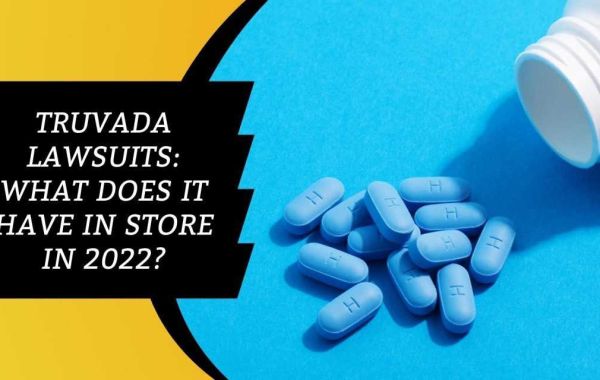Welding is an art that requires precision, skill, and a deep understanding of the tools at hand. Among these tools, the MIG TIG ARC plasma cutter is the cornerstone of modern metalworking. These advanced technologies are not only used for cutting but also for welding, where controlling the welding current is crucial for achieving the desired outcome. This article delves into the intricacies of managing the welding current in MIG TIG ARC plasma cutters.
The MIG welding process involves a continuous feed of wire electrodes through a welding gun, which is then melted by an electric arc to form a weld pool. Controlling the welding current in MIG welding is essential for maintaining the right balance between the wire feed speed and the arc length. Too high a current can lead to excessive heat, causing the wire to burn off or the weld pool to become too hot, resulting in porosity or other defects. Conversely, too low a current may not provide enough heat to melt the wire or the base metal, leading to an incomplete fusion and weak welds.
TIG welding, on the other hand, uses a non-consumable tungsten electrode to create an electric arc that heats the base metal and filler material. The control of welding current in TIG welding is critical for achieving a stable arc and high-quality welds. The amperage must be carefully adjusted to match the thickness of the material being welded and the type of filler material used. A higher current setting can provide more heat for thicker materials, but it also increases the risk of tungsten contamination and burn-through if not managed properly.
ARC plasma cutters operate on a different principle, utilizing a stream of ionized gas, or plasma, to cut through metal. While the primary focus in plasma cutting is on the plasma gas flow and the cutting torch's movement, the control of the electrical current is still important. The current must be sufficient to ionize the gas and maintain a stable plasma arc, but excessive current can lead to a loss of control over the plasma stream, affecting the cut quality and precision.
To control the welding current in MIG TIG ARC plasma cutters, several factors must be considered. The type of material being welded or cut, its thickness, and the desired weld or cut quality are all critical parameters that influence the current settings. Additionally, the welding process itself, whether it's for joining, surfacing, or shaping, will also dictate the appropriate current levels.
Manufacturers of MIG TIG ARC plasma cutters provide guidelines and recommendations for current settings based on these factors. However, the skill of the operator plays a significant role in fine-tuning these settings to achieve the best results. Experienced welders can adjust the current in real time, responding to feedback from the welding process, such as the appearance of the weld pool, the stability of the arc, and the sound of the welding operation.
Modern MIG TIG ARC plasma cutters are equipped with advanced features that assist in controlling the welding current. Digital controls, feedback systems, and adaptive technologies can automatically adjust the current based on the welding conditions. These advancements have made it easier for operators to achieve consistent, high-quality results with less manual intervention.
In conclusion, controlling the welding current in MIG TIG ARC plasma cutters is a multifaceted challenge that requires a combination of technical knowledge, operator skill, and technological support. By understanding the principles of each welding process and utilizing the tools and features available, welders can achieve precise control over the welding current, ensuring the quality and integrity of their work. As the technology continues to evolve, the art of controlling the welding current in MIG TIG ARC plasma cutters will become even more refined, pushing the boundaries of what is possible in the field of metalworking.








